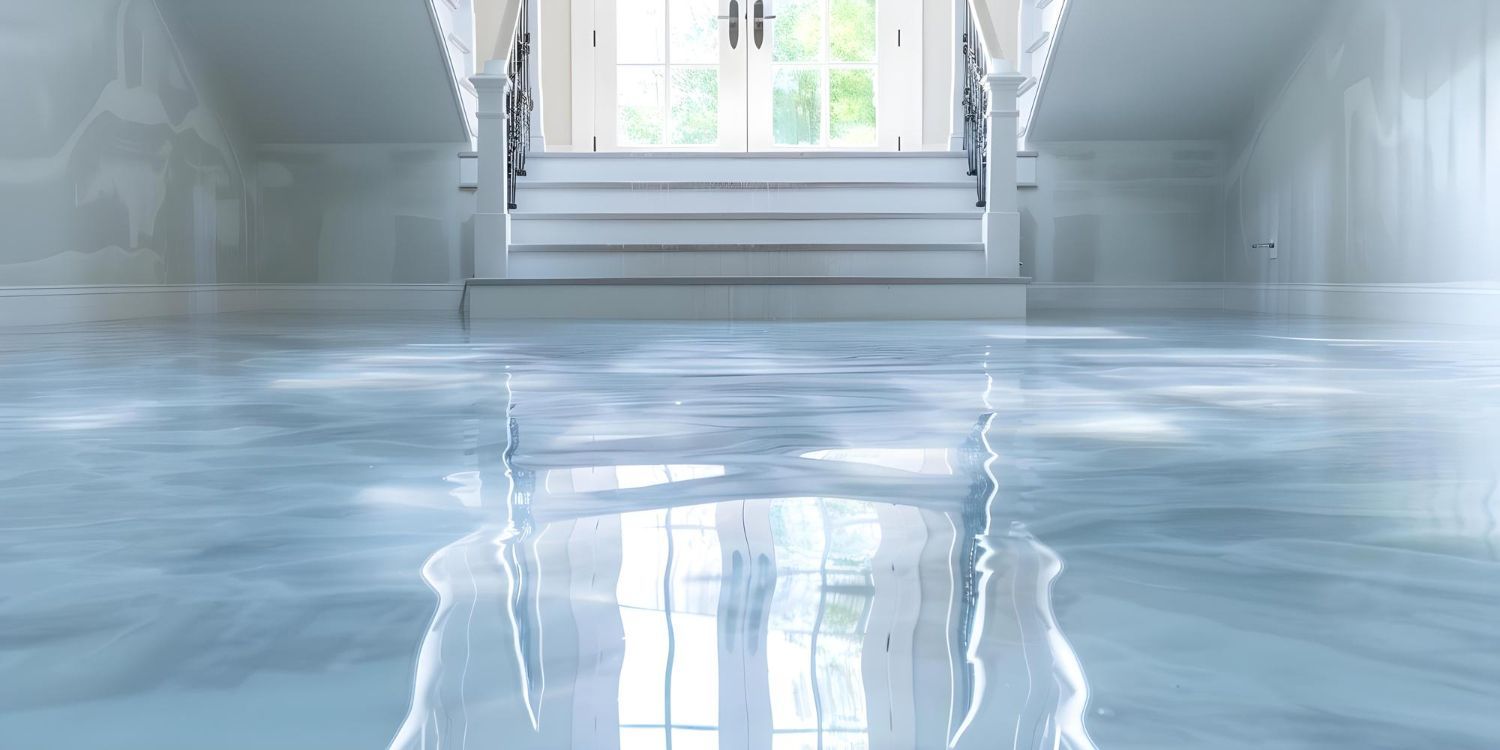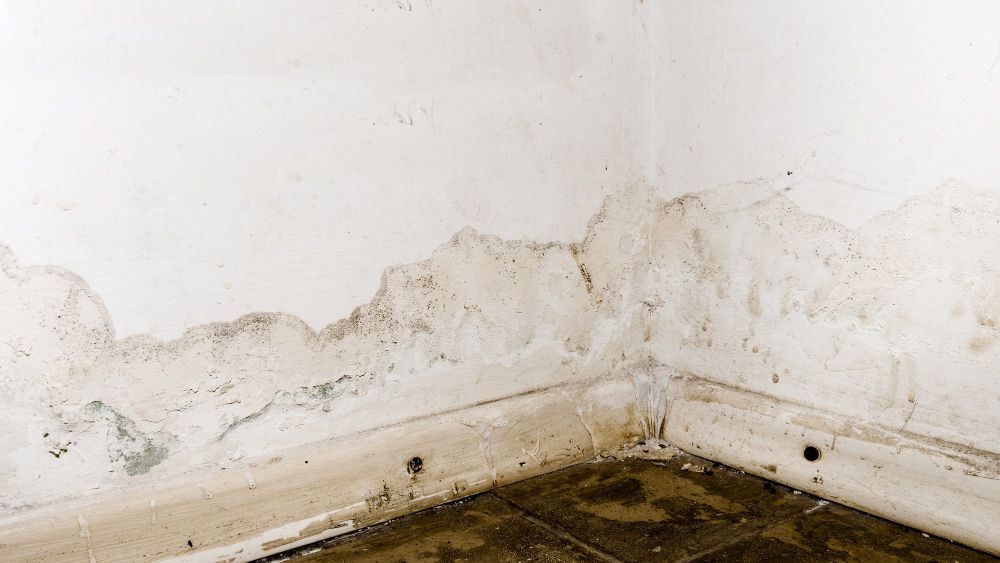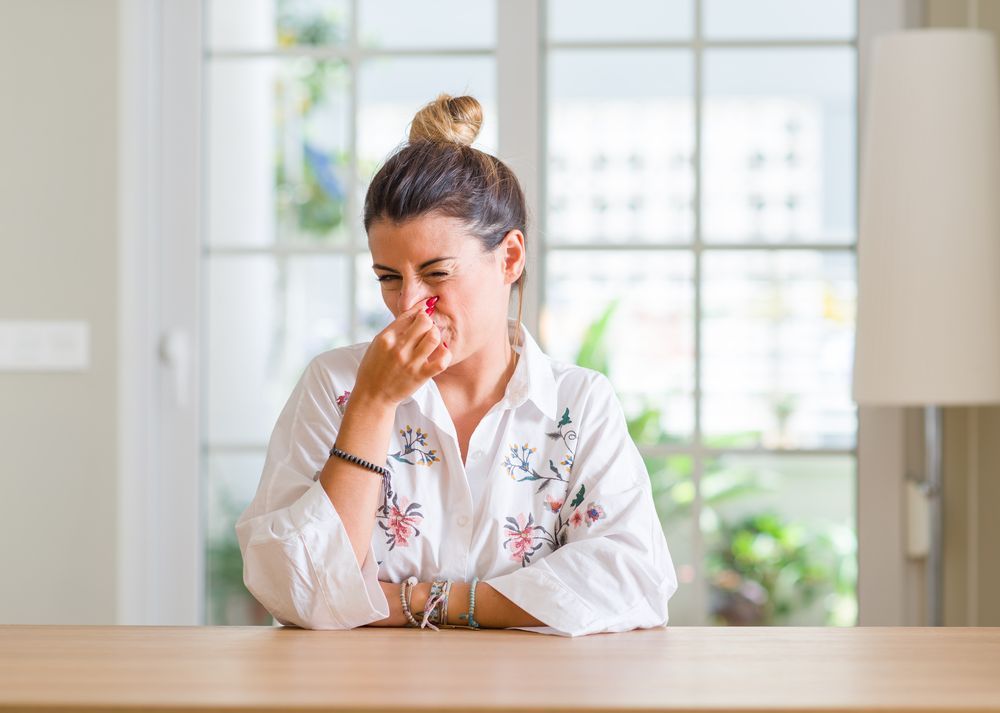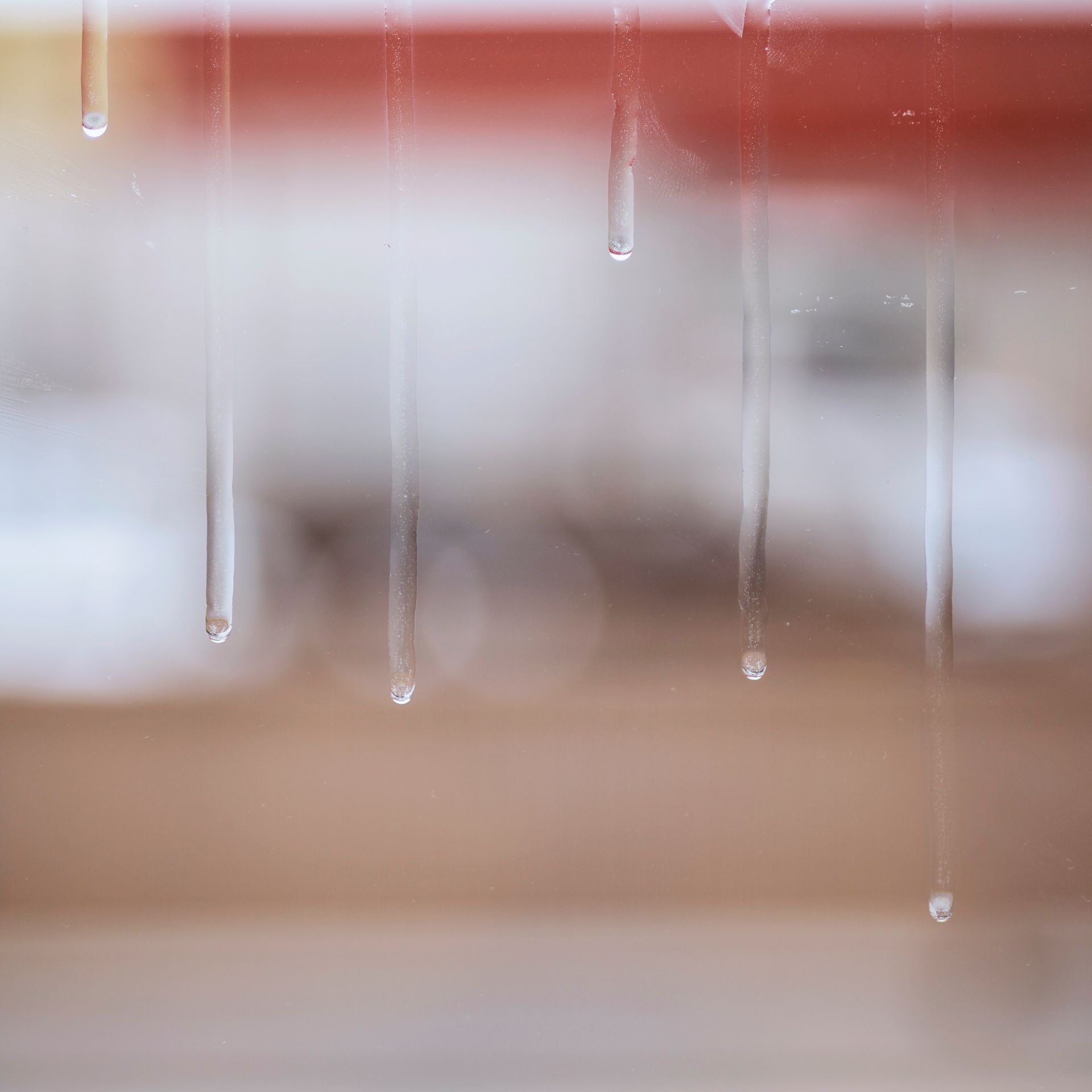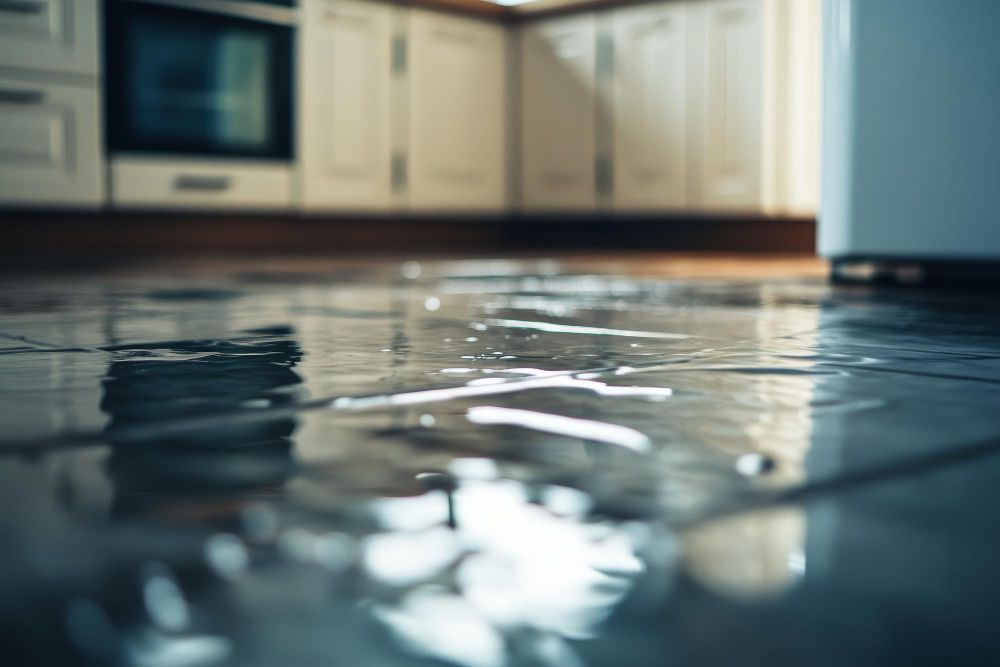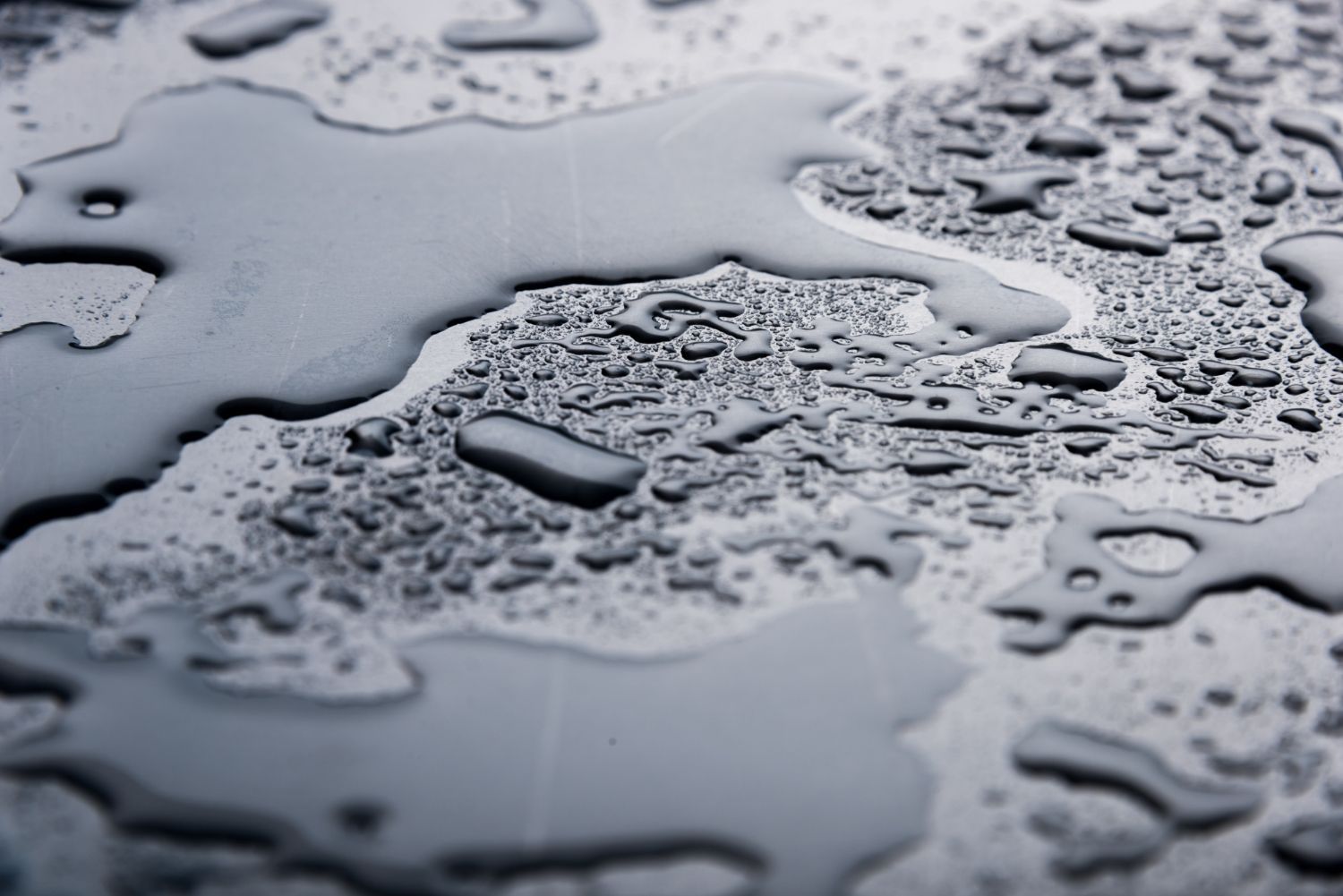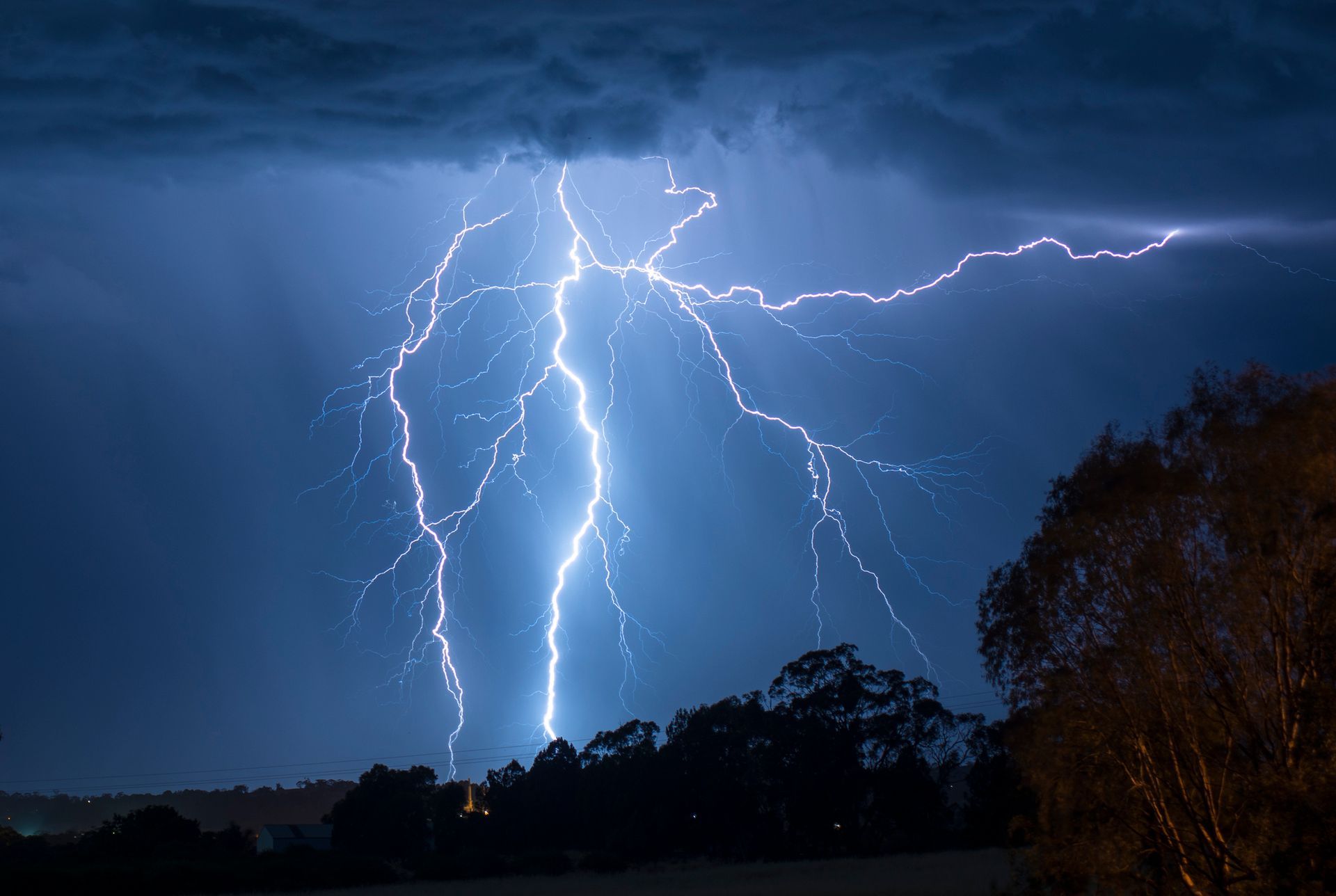Understanding the Mold Remediation Process
Understanding the Mold Remediation Process: A Step-by-Step Guide -Owings Mills, MD
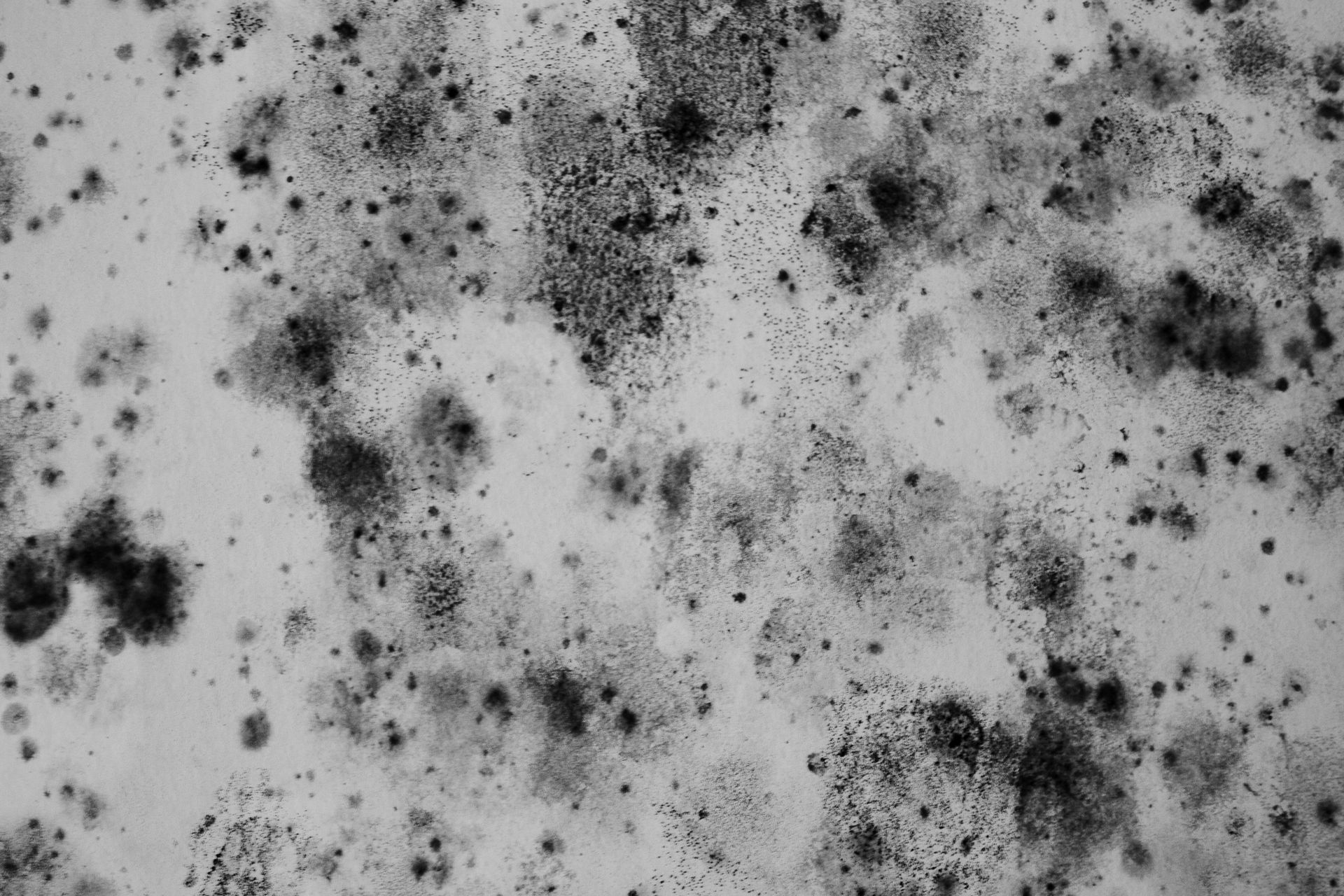
Mold is more than just an unsightly problem; it can pose serious health risks and cause significant damage to your property if not addressed promptly. Whether it’s the result of water damage, high humidity, or poor ventilation, mold can spread quickly and become a major issue. If you’ve discovered mold in your home or business, it’s important to act fast and engage a professional mold remediation service to handle the situation safely and effectively. In this blog post, we’ll walk you through the mold remediation process, so you know what to expect and why it’s crucial to get it right.
Step 1: Initial Inspection and Assessment
The first step in the mold remediation process is a thorough inspection of the affected area. A professional mold remediation team will conduct an assessment to identify the type of mold, the extent of the infestation, and the underlying cause. This inspection may include moisture readings, air quality tests, and visual examinations to determine where mold is present and how far it has spread.
Step 2: Containment
Once the extent of the mold problem is determined, the next step is to contain the affected area to prevent the mold spores from spreading to other parts of the property. This is done using physical barriers, such as plastic sheeting, and by creating negative air pressure within the containment zone. Specialized equipment, like HEPA (High-Efficiency Particulate Air) filters, may also be used to capture mold spores from the air.
Step 3: Mold Removal
With the area contained, the mold remediation team will begin the process of removing the mold. This typically involves the following steps:
- Removal of Contaminated Materials: Any materials that are severely contaminated with mold, such as drywall, insulation, carpeting, or ceiling tiles, may need to be removed and properly disposed of. In some cases, it may be possible to clean and salvage certain materials, but this depends on the extent of the contamination.
- Cleaning and Disinfection: Surfaces that are not heavily damaged will be cleaned using specialized antifungal and antimicrobial treatments. This process eliminates mold colonies and helps prevent future growth. All surfaces, including walls, floors, and even furniture, are thoroughly cleaned and disinfected.
- Air Filtration: During and after the mold removal process, the air in the affected area will be filtered using HEPA filters to remove airborne mold spores. This helps ensure that the air quality is safe before any further restoration work begins.
Step 4: Drying and Dehumidification
Since mold thrives in damp environments, it’s essential to address any moisture issues that contributed to the mold growth. The mold remediation team will use industrial-grade dehumidifiers and air movers to thoroughly dry out the affected area. This step is crucial to preventing mold from returning in the future.
Step 5: Repairs and Restoration
After the mold has been removed and the area has been dried, the next step is to repair any damage that was caused by the mold. This may involve replacing drywall, repainting, or repairing flooring. The goal is to restore your property to its pre-mold condition, ensuring that it is safe and healthy for you and your family or employees.
Step 6: Final Inspection
Once the remediation and restoration work is complete, a final inspection is conducted to ensure that all mold has been removed and that the underlying cause of the mold problem has been addressed. This inspection may include additional air quality tests and moisture readings to confirm that the area is dry and free of mold.
Why Professional Mold Remediation Is Important
Mold remediation is a complex and delicate process that requires specialized knowledge, equipment, and experience. Attempting to remove mold on your own can be dangerous and may lead to further contamination if not done properly. Professional mold remediation services are trained to handle mold safely, effectively, and in compliance with industry standards and regulations.
By choosing a professional mold remediation service, you can be confident that:
- The mold will be thoroughly removed: Professional teams have the tools and expertise to ensure that all mold is eradicated, including hidden mold in walls, floors, and HVAC systems.
- Your health and safety are prioritized: Professionals use proper protective equipment and containment procedures to prevent exposure to harmful mold spores.
- The underlying cause is addressed: Mold remediation isn’t just about removing mold; it’s about preventing it from coming back. Professionals will identify and address the root causes, such as leaks or humidity issues, to ensure long-term results.
Mold is a serious problem that requires prompt and professional attention. The mold remediation process is designed to remove mold safely, restore your property, and prevent future growth. If you suspect or discover mold in your home or business, don’t wait—contact the professional mold remediation experts at Restoration 1 of Central Maryland to protect your property and your health. With the right expertise, you can ensure that your space is clean, safe, and mold-free.


